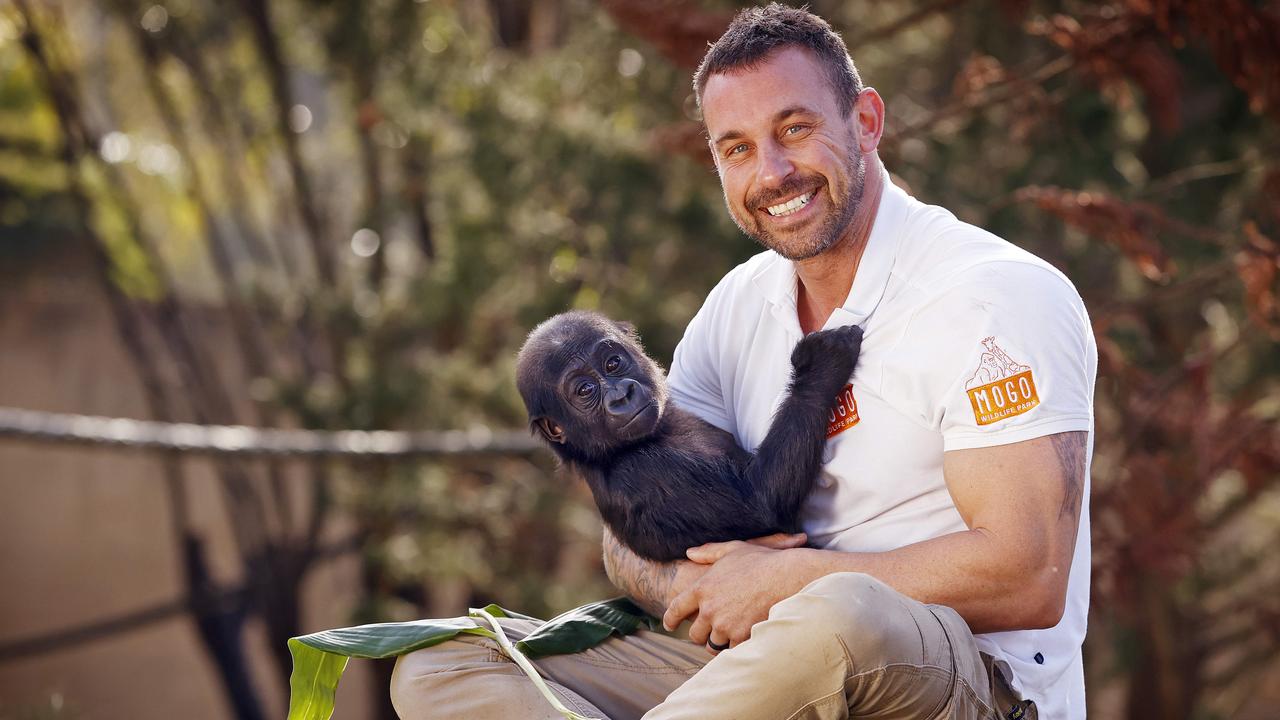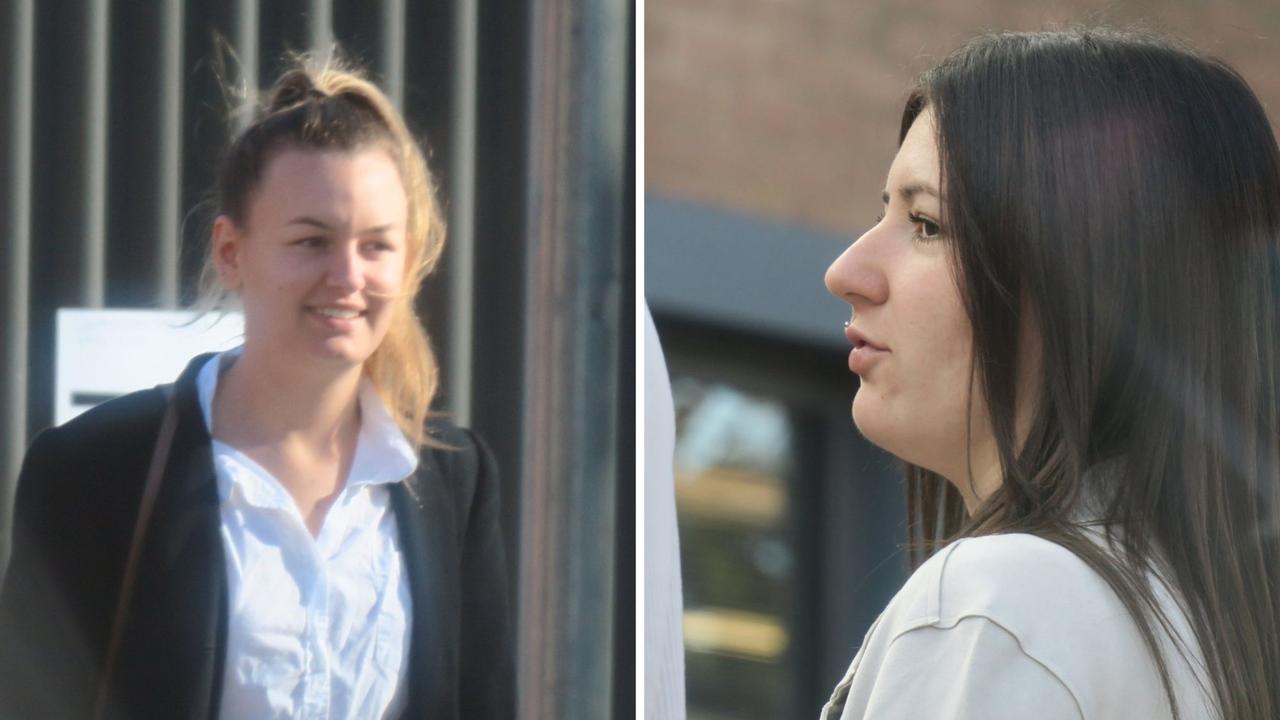Central Coast hottest suburbs: Study reveals urban heat islands
A study has revealed how removal of trees over decades has led to overheated suburbs on the Central Coast.
- Old Sydney Town given heritage listing
- Amazing house has storm viewing room
- Father and son guilty in bucks brawl
A study which maps urban heat islands has revealed the Central Coast’s ten hottest suburbs.
The study commissioned by Central Coast Council shows decades of building and development has removed the Central Coast’s once lush tree canopy, leaving many suburbs to swelter at temperatures well above the normal baseline.
It will be tabled at tonight’s Central Coast Council meeting as part of discussions around a draft strategy to create an urban forest to make the city cooler and more liveable.
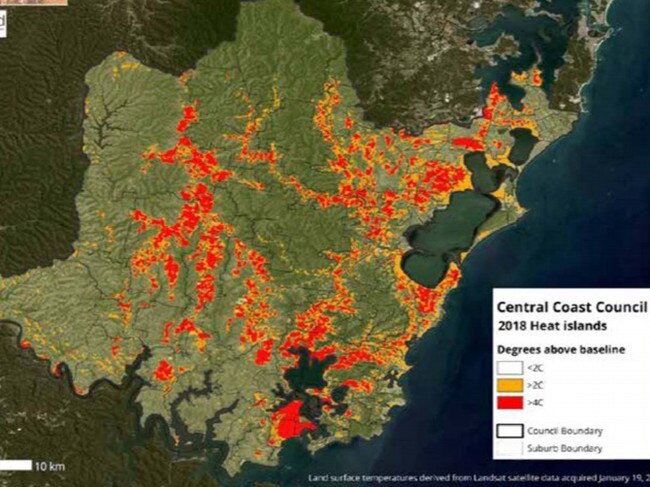
The revealed hot spots — known as heat islands — show significant warming above what would naturally occur in a particular area.
Natural surfaces which would normally dissipate heat have been replaced with hard, dark-coloured heat-absorbing roads, buildings and other structures.
All 156 Central Coast suburbs were mapped with 11 targeted for extra study.
Southern suburbs — particularly the Woy Woy Peninsula — were generally hotter than the those in the north, with Ettalong Beach the worst, recording 5.73 degrees above the baseline.
Ettalong was followed by Umina Beach (4.38 degrees above) and Booker Bay (4.37) Woongarrah (4.07) and Blue Haven (4.00).
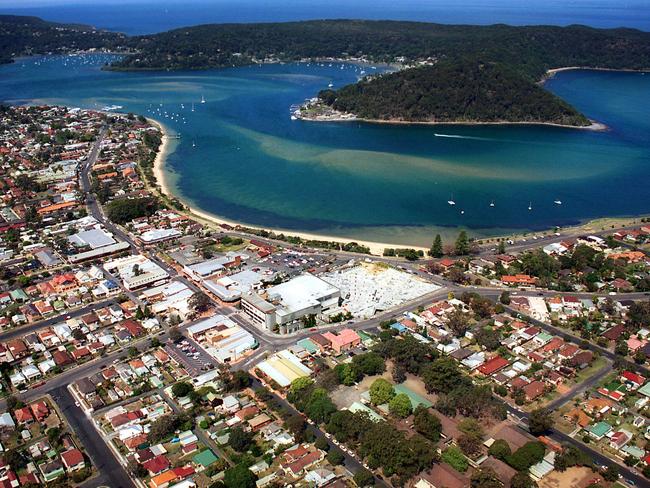
The next five sweltering suburbs in the list were Point Frederick (3.97) East Gosford (3.97) Lake Haven (3.88) Watanobbi (3.80) and Long Jetty (3.41).
The study also looked at how temperatures had changed over time by comparing 2013 figures with those in 2018.
Ettalong Beach still topped this list with a 2.57 degree increase in temperature over the five year period.
Following were the suburbs of Alison (2.03) Peats Ridge (1.96) Blue Haven (1.88) Woongarrah (1.88) East Gosford (1.79) Booker Bay (1.77) Kiar (1.76) Point Frederick (1.72) and Watanobbi (1.58).
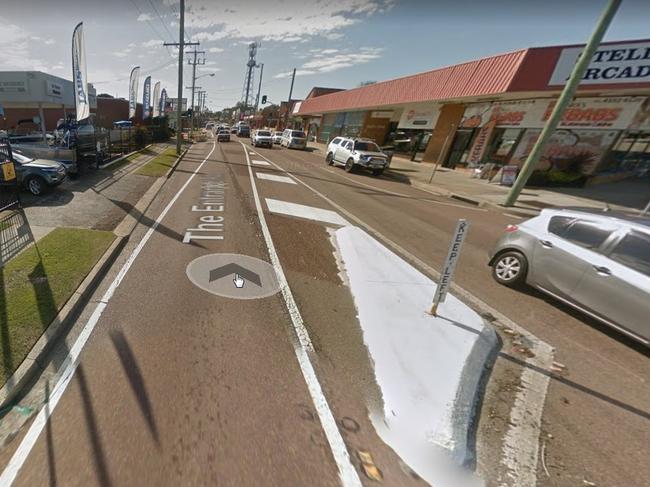
“While most suburbs fall in the middle, five suburbs were in the 10 hottest in 2013, 10 hottest in 2018, and were also in the 10 that warmed the most during the period: Ettalong Beach, Woongarrah, Booker Bay, Point Frederick and Watanobbi,” the study said.
The study found that all urban heat islands are not created equal. Some suburbs had their overall heat ranking reduced by areas of vegetation or surfaces which reflected heat or added to cooling. Others had little relief and often contained “extreme heat islands” with extra heat generating capacity.
By this measure, Long Jetty, was ranked highest with 91 per cent of its total area well above the baseline, closely followed by Lake Haven, Gorokan and Watanobbi and Woongarrah — all northern suburbs.
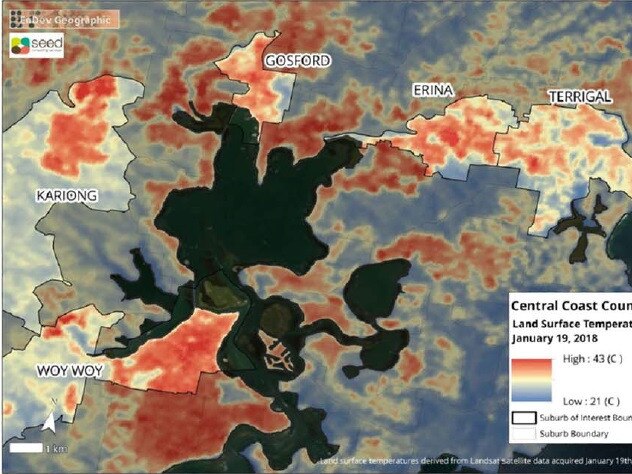
Particular places within suburbs were found to be heat traps including Gosford Hospital, Erina Fair, Tuggerah Supa Centre and Warnervale Airport.
Tree canopy across the entire local government area still remains at 42 per cent but the amount varied greatly between locations, from Booker Bay which had just seven per cent canopy cover to Ourimbah — one of the coolest suburbs- which has almost 94 per cent.
Central Coast Council is expected to vote tonight on whether to put its Greener Places Strategy on public exhibition for 60 days.
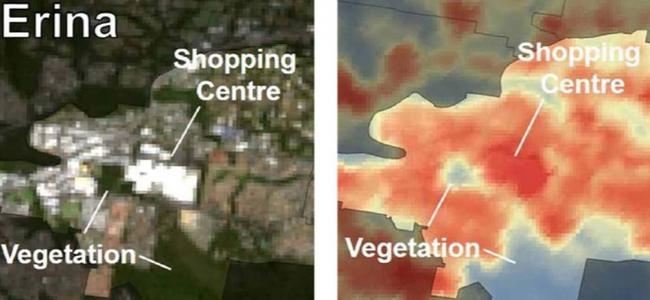
The draft strategy says “the loss of canopy cover and green corridors in urban centres and neighbourhoods needs to be better managed.”
“Such urban forests play a vital role in the health, social well being and economic sustainability of a region,” it said.
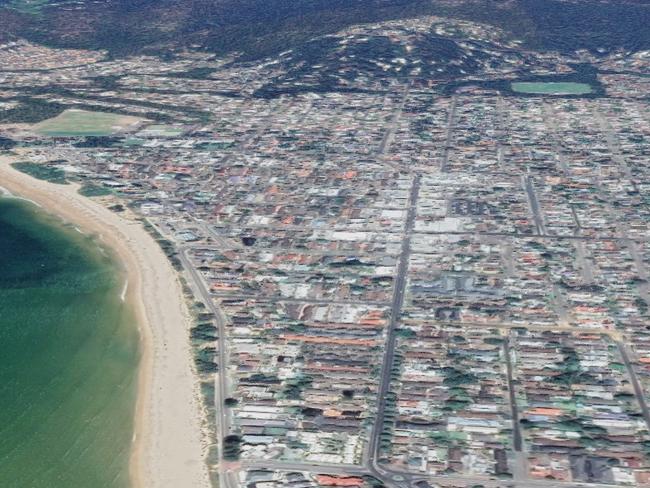
“This strategy proposes a framework for the replacement of removed shrubs and trees, also identifying suburbs that are very hot or that contain low levels of tree canopy which over time will receive urban greening.”
However, the study shows it will be no mean feat to achieve.
Just 21 per cent of the total Central Coast land area is actually able to be replanted with some suburbs like Koolewong with less than five per cent of their land available for new trees.

